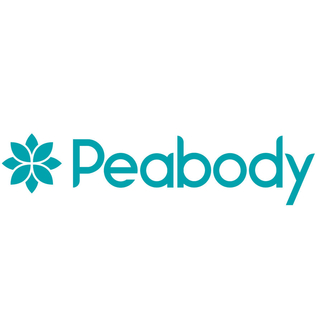New London Architecture
Great Estates: Models for Modern Placemaking
Monday 19 February 2024

Broadgate Circle, British Land
Sarah Yates, NLA Researcher and Author of 'Great Estates', reflects on our upcoming book launch.
London encompasses an infinitely varied number of distinctive neighbourhoods, towns and urban villages that have made it unique among world cities. Its streets and thoroughfares, squares, parks, piazzas and gardens have, over the centuries, evolved to create an enduring, yet flexible urban framework that underpins the capital’s economic, cultural and social life.
London encompasses an infinitely varied number of distinctive neighbourhoods, towns and urban villages that have made it unique among world cities. Its streets and thoroughfares, squares, parks, piazzas and gardens have, over the centuries, evolved to create an enduring, yet flexible urban framework that underpins the capital’s economic, cultural and social life.
Many of these areas have been created by and remain in the long-term ownership of charities, trusts, families, companies and other organisations. The principles of urban placemaking that they have developed, refined and adapted over the centuries have proved highly influential, in particular the importance of committing for the long term. Today these have been taken up by both private and public bodies involved in regenerating, managing and developing large areas of the capital.
NLA began exploring the role of the ‘great estates’ in 2006, followed by a major exhibition and publication in 2013. A decade later, and having collaborated closely with many of the featured estates over the years, we felt it was a good moment to revisit this topic, and so this time have worked in partnership with RIBA Publishing to produce a second edition.
This new, highly illustrated hardback – with a specially commissioned, hand-drawn version of our iconic estates map of London – covers 75 estates, nearly a quarter more than the 57 featured in 2013. This shows just how influential the ‘great estate principles’ – especially long-term commitment to place, taking a holistic view, adapting to change, creating the groundwork for people and businesses to prosper, and balancing a mix of uses – have become.
In our definition a ‘great estate’ is not determined as such by its age, size, location, or even by being a distinct collection of streets, buildings and spaces. Instead, its designation is qualitative, not quantitative. It is one where there is has a demonstrable underlying commitment to effective placemaking and management and an approach that emphasises social, economic and environmental sustainability and value.
Our new edition is designed to be a primer for those who want to find out where this long-term approach has been applied to create the distinctive parts of London that we call estates, why this has been increasingly widely adopted in newer areas, and how it can be used to respond to the challenges of making London a more sustainable and resilient city. We hope you enjoy reading!
Related
Insight
Great Estates: Models for Modern Placemaking
By bringing together many of the capital's original and newer great estates, the second edition - produced after a decad...
Stay in touch
Upgrade your plan
Choose the right membership for your business
Billing type:
Small Business Membership
£90.00
/month
£995.00
/year

For businesses with 1-20 employees.
Medium Business Membership
£330.00
/month
£3,850.00
/year

For businesses with 21-100 employees.
View options for
Personal membership



















